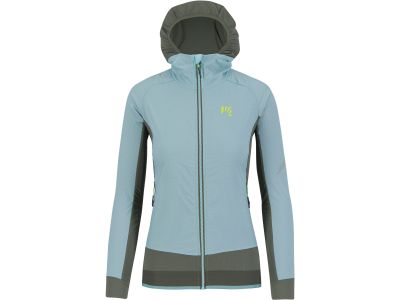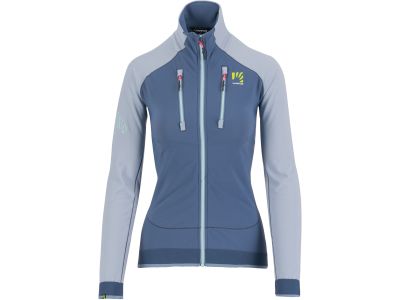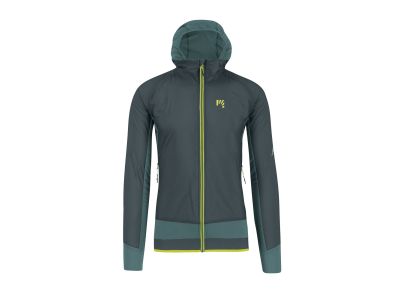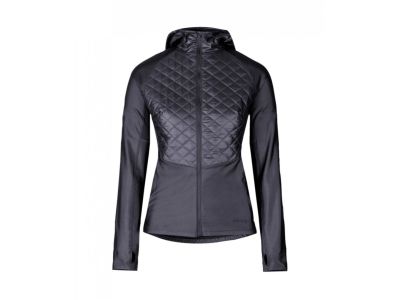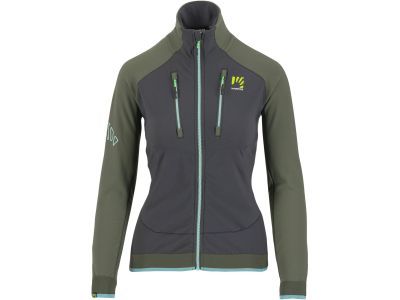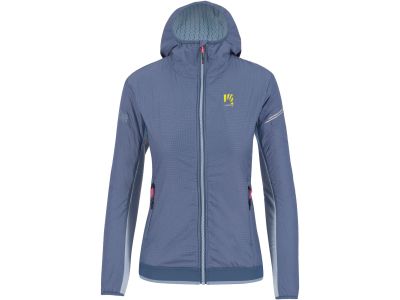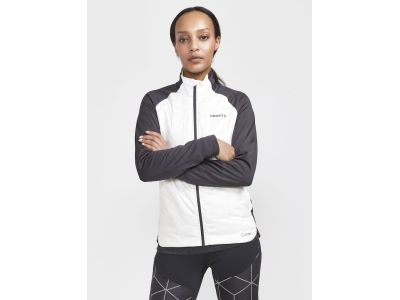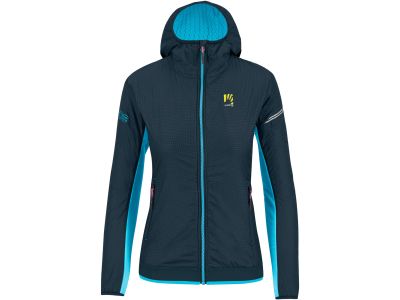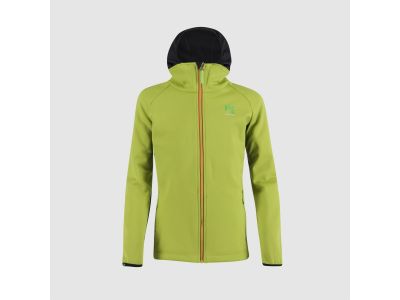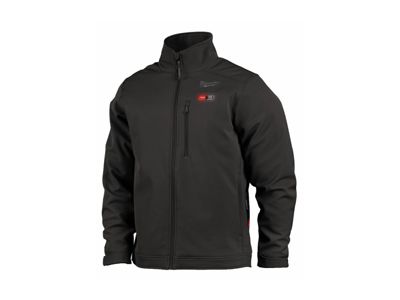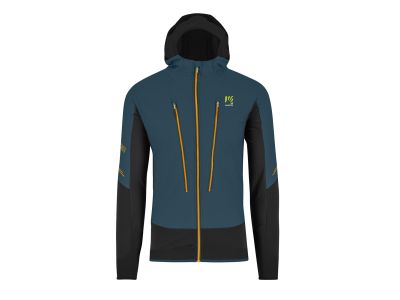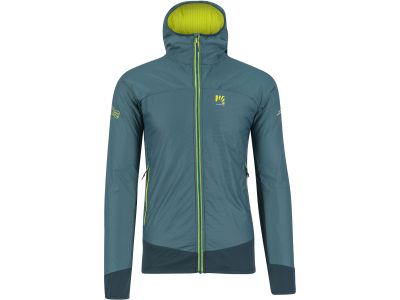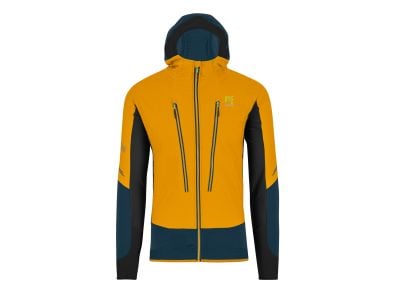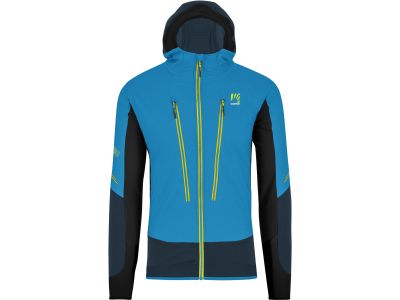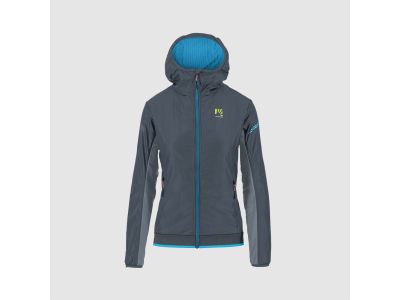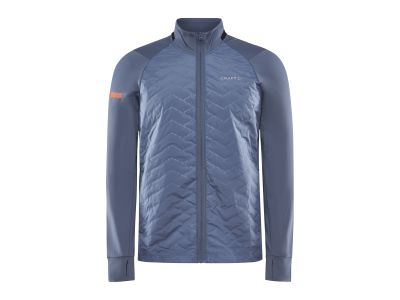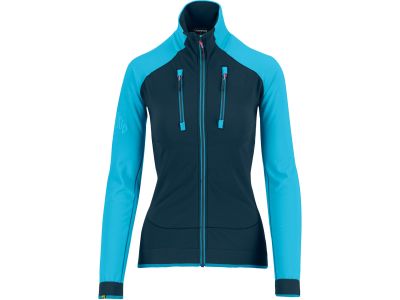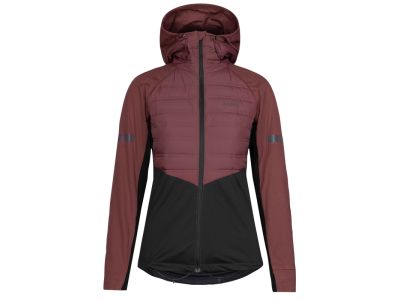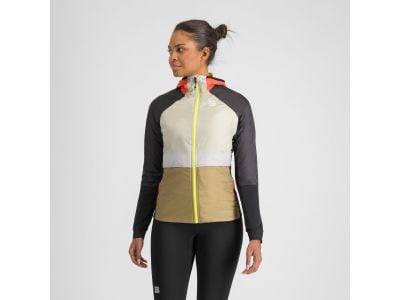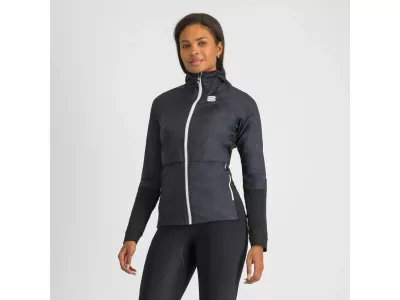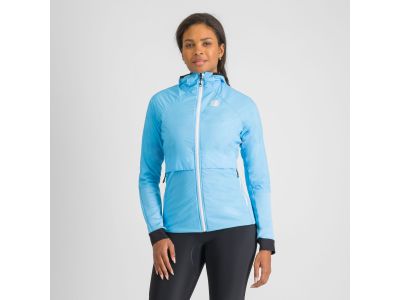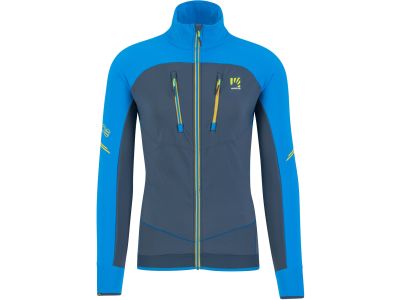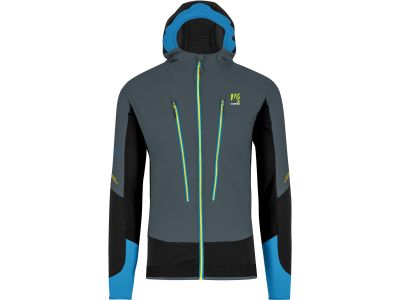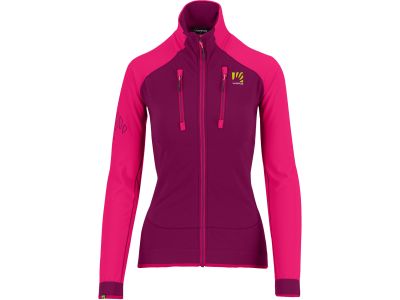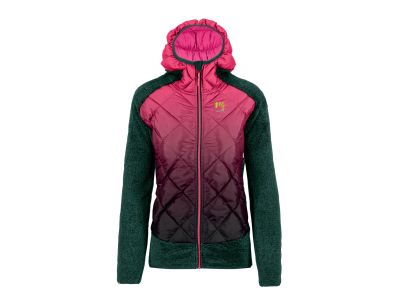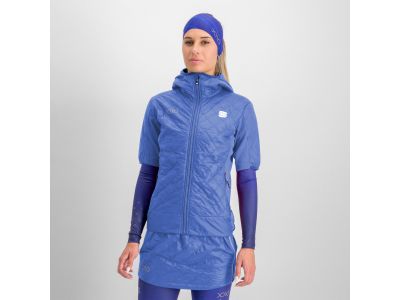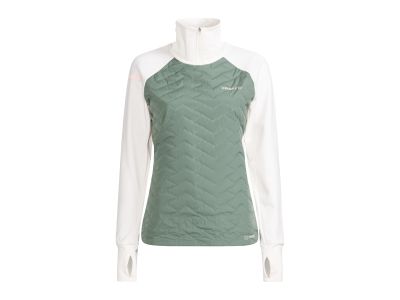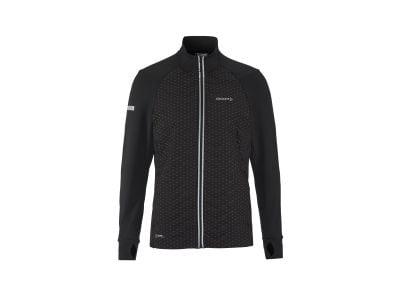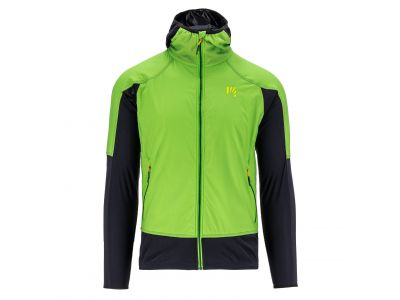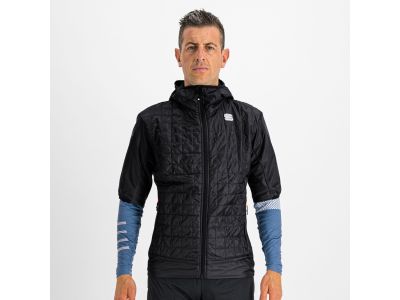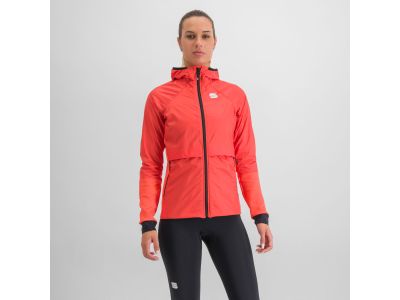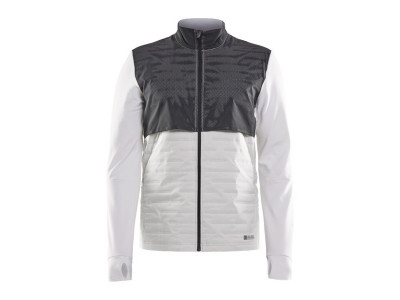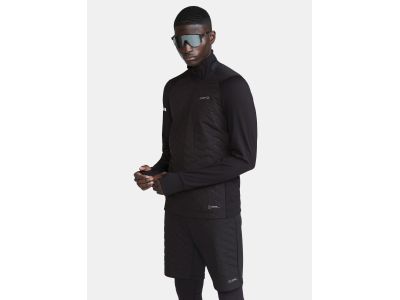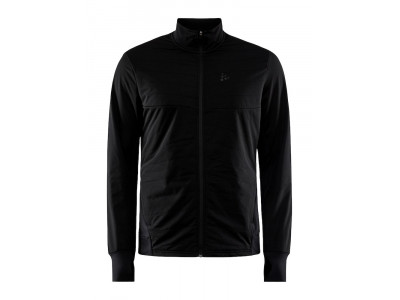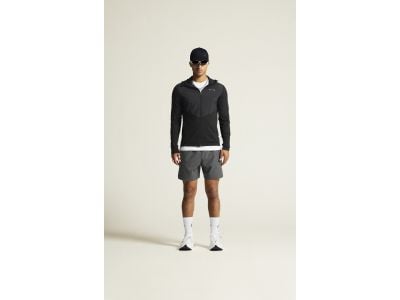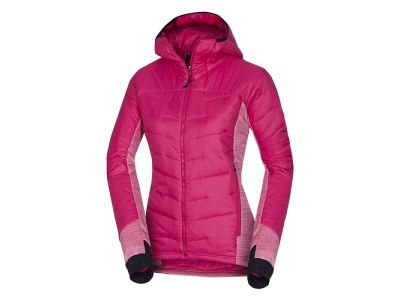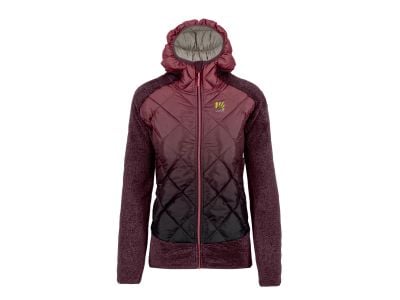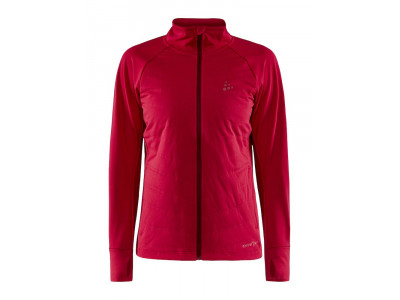Winter running jackets are designed to provide warmth, protection, and comfort to runners running in cold and adverse weather conditions. These jackets are specially tailored to keep runners warm and dry while allowing freedom of movement during winter training.
Winter running jackets are typically made of insulated materials such as fleece, down, or synthetic fibres that trap heat close to the body. They may also have windproof and water-resistant or waterproof outer layers to protect against cold winds, snow, and light rain.
How to choose the right material for a winter running jacket?
When choosing materials for a winter running jacket, it is essential to consider factors such as warmth, breathability, water resistance and comfort. Here are some common materials used in winter running jackets and their properties:
- Fleece: Fleece is a popular material for winter running jackets due to its softness, warmth, and breathability. It provides insulation to keep you warm during cold-weather runs, and wicks moisture away from your body to keep you dry and comfortable.
- Down: Down insulation is lightweight, compressible, and provides excellent warmth retention. Down-filled jackets provide exceptional insulation in cold conditions, but can lose some of their insulating properties when wet.
- Synthetic insulation: Synthetic insulation, such as PrimaLoft or Thinsulate, is designed to mimic the warmth of down while maintaining its insulating properties when wet. Jackets with synthetic insulation are a good choice for wet or humid conditions.
- Softshell: Softshell jackets are made from stretchy, breathable materials that provide some water resistance and wind protection. They offer a good balance of warmth and breathability, making them suitable for high-intensity activities like running.
Are there any eco-friendly or sustainable materials for winter running jackets?
Yes, there are eco-friendly and sustainable material options for winter running jackets. Some brands use recycled materials in their jackets, such as recycled polyester or nylon. Other sustainable options include jackets made from organic cotton, hemp, or bamboo fibres. Additionally, some jackets feature insulation made from recycled plastic bottles or natural fibres like wool. By choosing a jacket made from eco-friendly materials, you can reduce your impact on the environment.
How do I choose between a fleece-lined jacket and a synthetic jacket?
When choosing between a fleece-lined jacket and a synthetic-insulated jacket, consider the level of warmth you need and the conditions you’ll be running in. Fleece-lined jackets provide warmth and softness, but may be less water-resistant than synthetic-insulated jackets. Synthetic insulation offers lightweight warmth and retains its insulating properties even when wet, making it a good choice for wet or humid conditions. When deciding between these options, consider your priorities for warmth, breathability, and weather protection.
Are moisture-wicking fabrics essential in winter running jackets?
Yes, moisture-wicking fabrics are essential in winter running jackets. These fabrics help to wick sweat away from your skin to keep you dry and comfortable during intense workouts. Moisture-wicking properties are especially important in the winter, when sweat can build up under layers of clothing, leading to discomfort and possible chills. Look for jackets made from materials like polyester or nylon with moisture-wicking properties to help keep you dry and comfortable during winter runs.
Do waterproof materials affect the breathability of a winter running jacket?
Waterproof materials can impact the breathability of a winter running jacket to some extent. While waterproof membranes like Gore-Tex or eVent provide excellent protection from rain and snow, they can reduce breathability compared to other materials. If you want to find a balance between weather protection and breathability, look for jackets with breathable waterproof membranes or features like zippered vents. Some jackets use a combination of waterproof and breathable materials to provide protection from the elements while still providing comfort during intense training.
